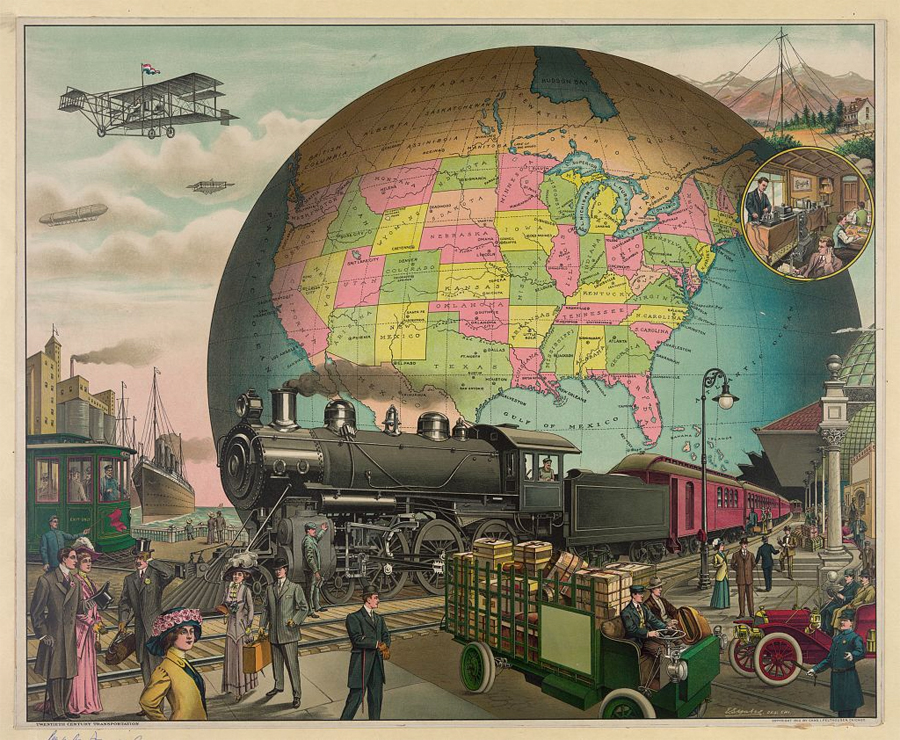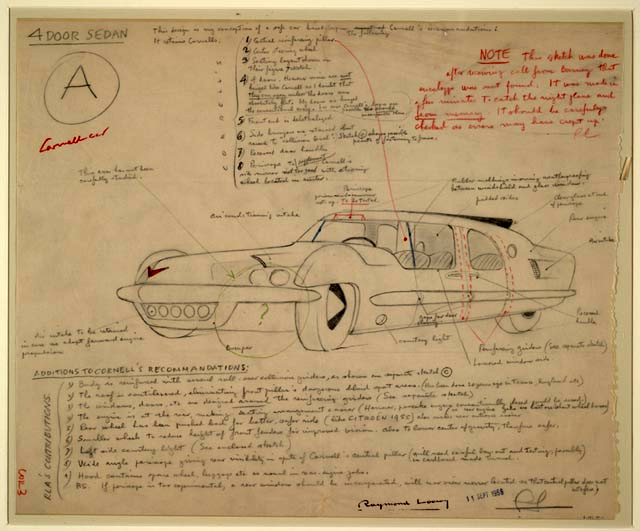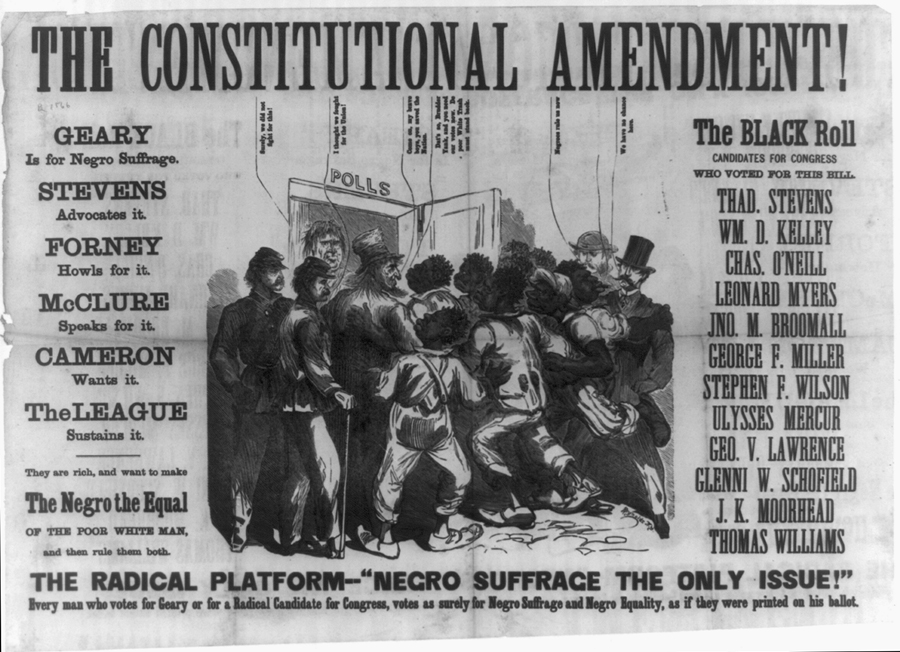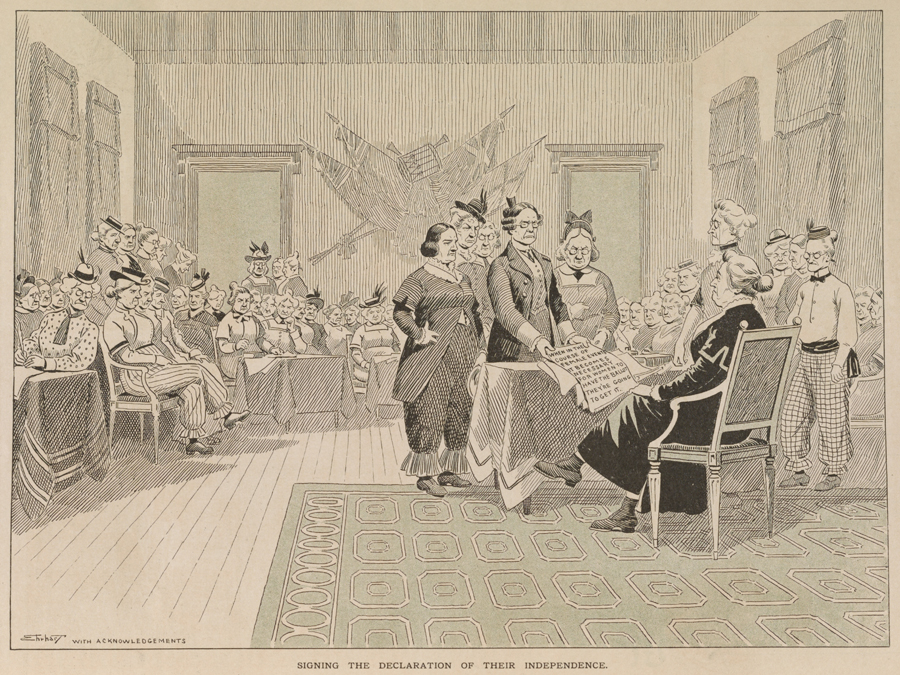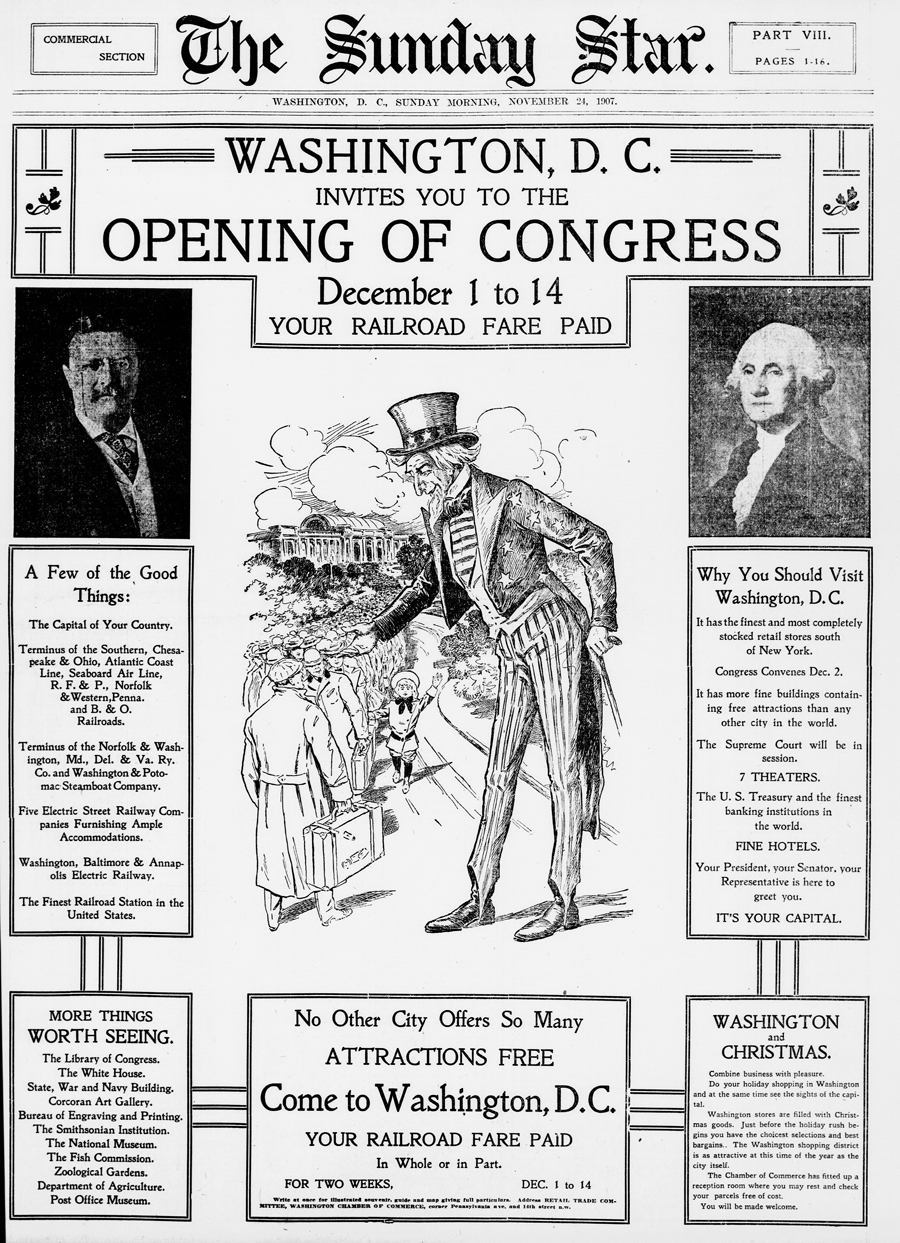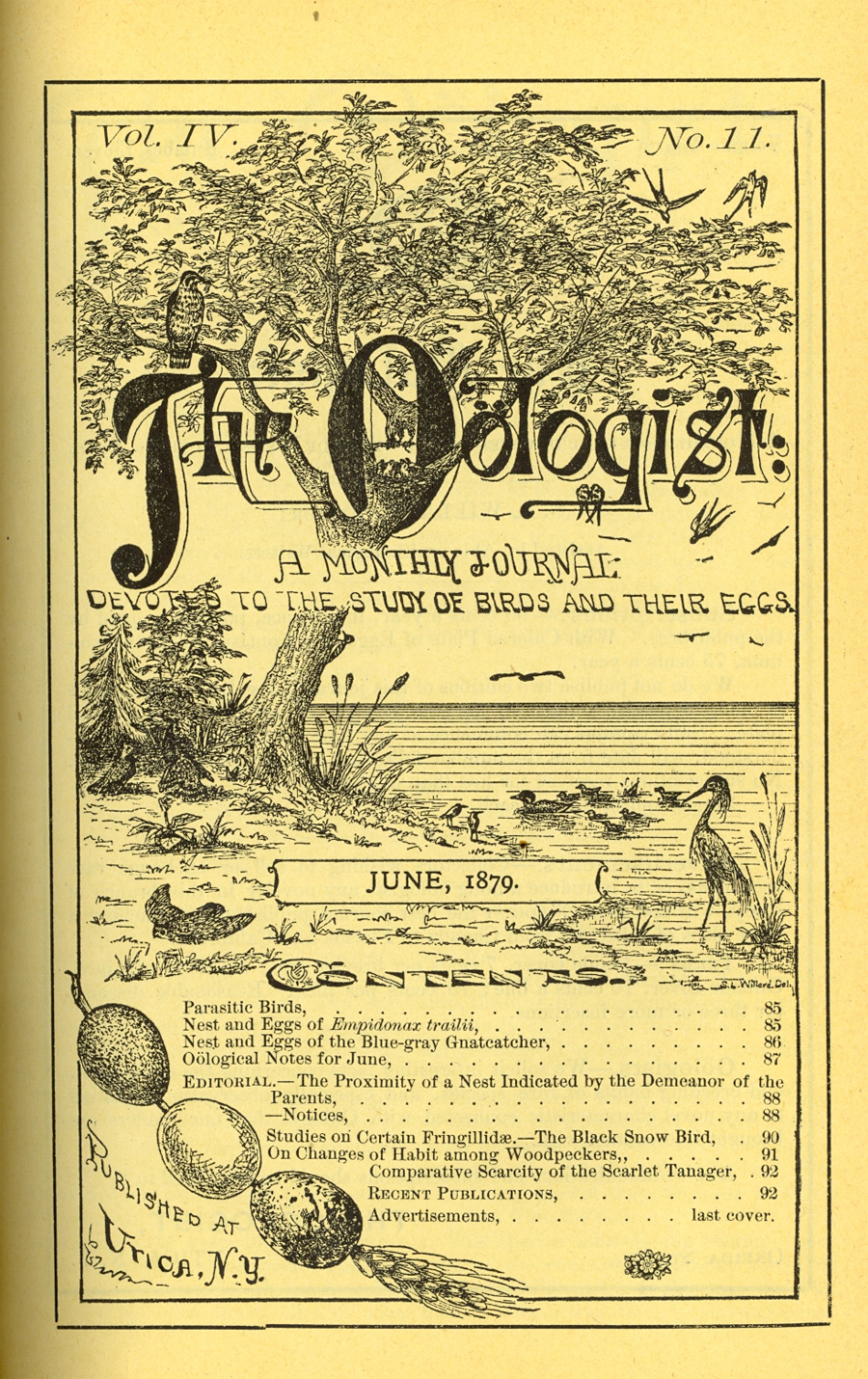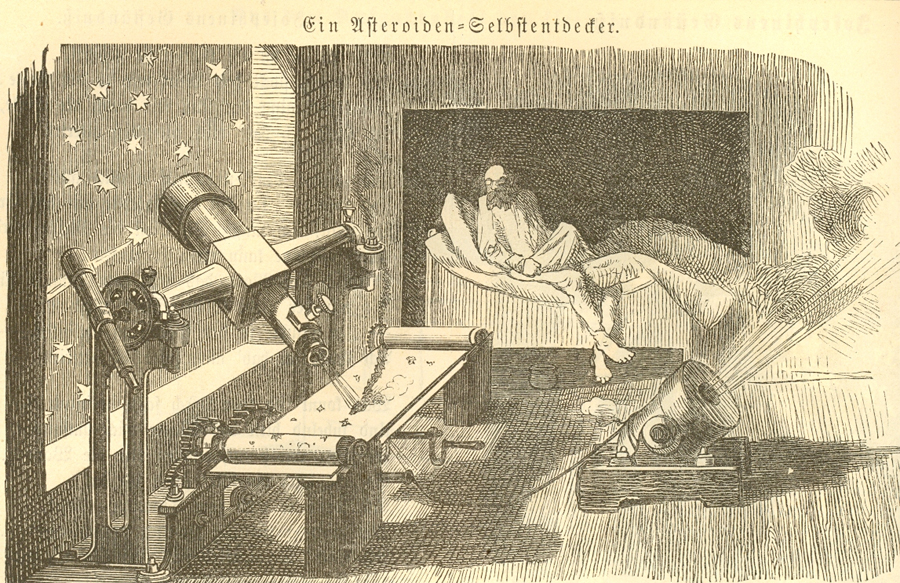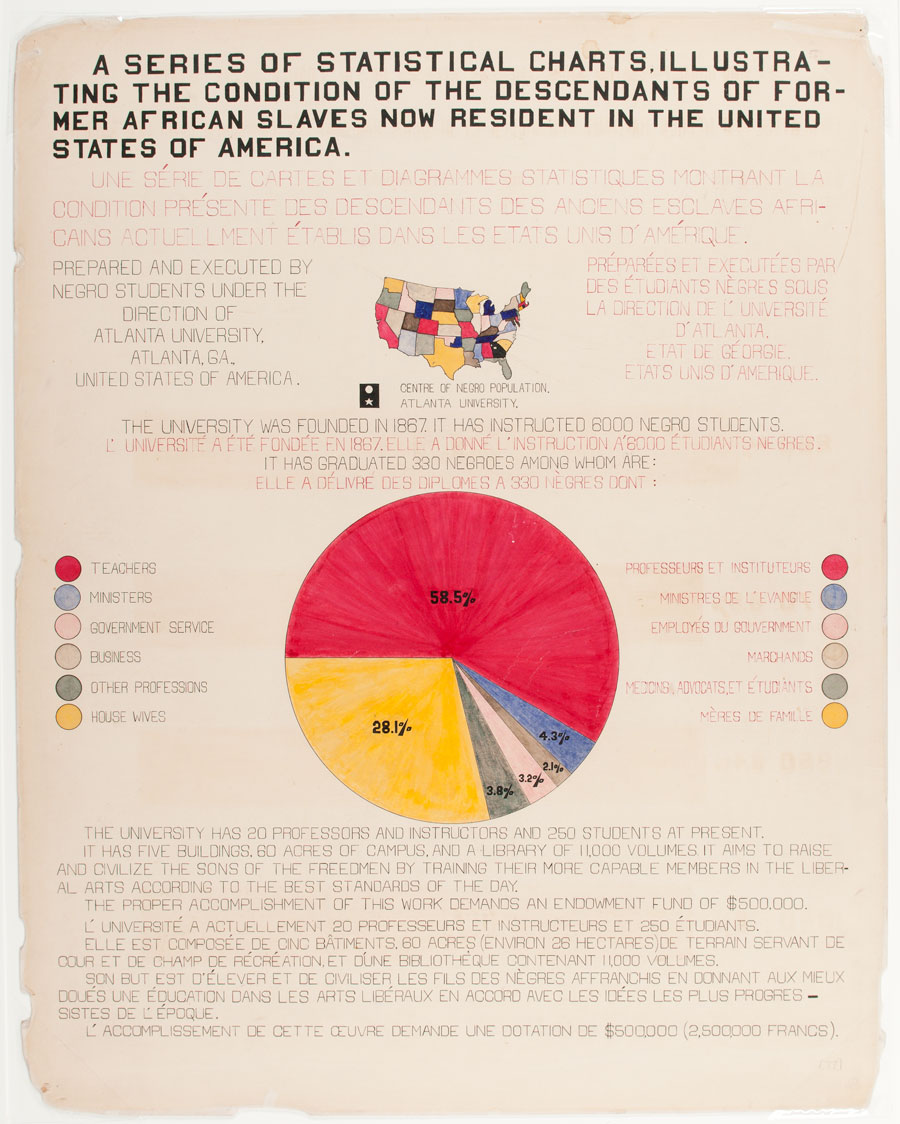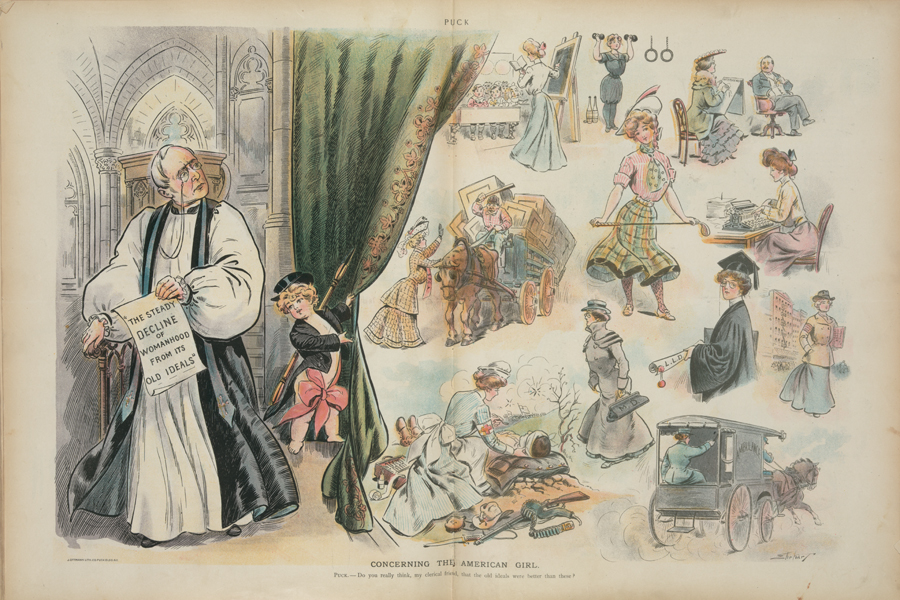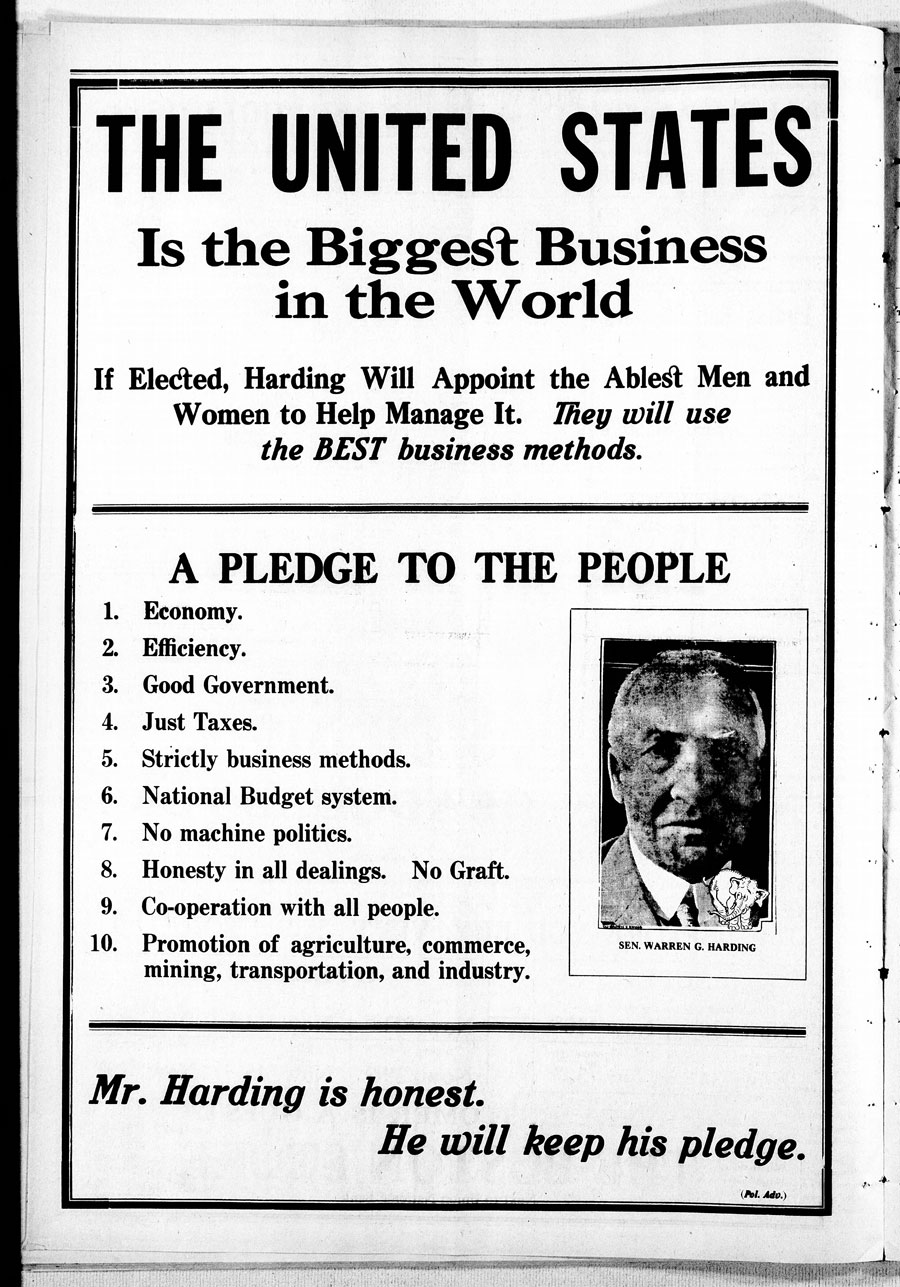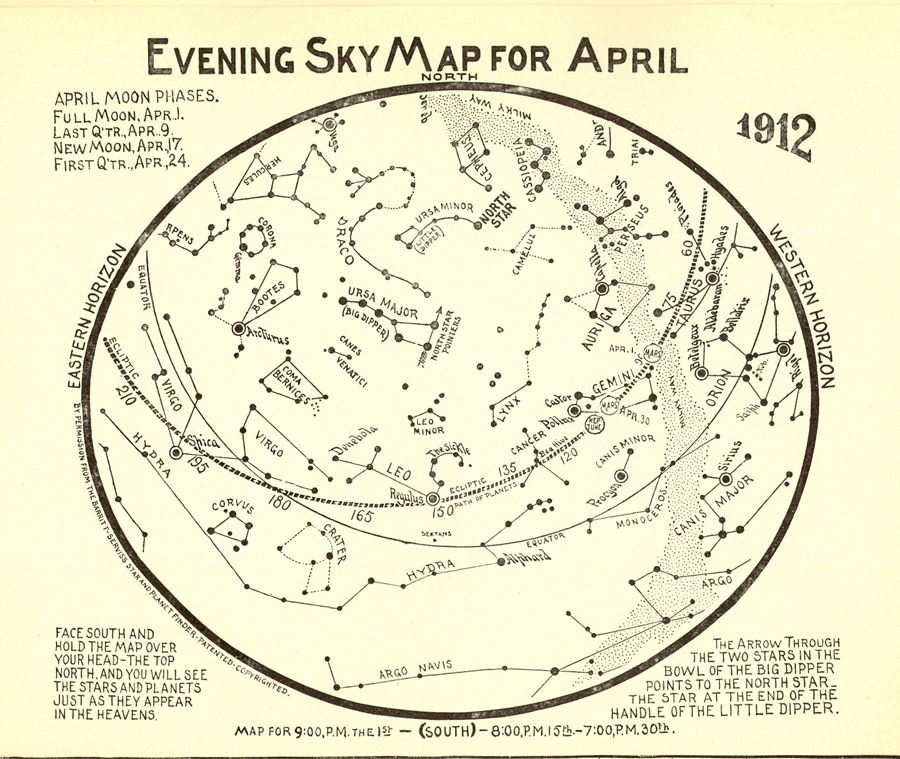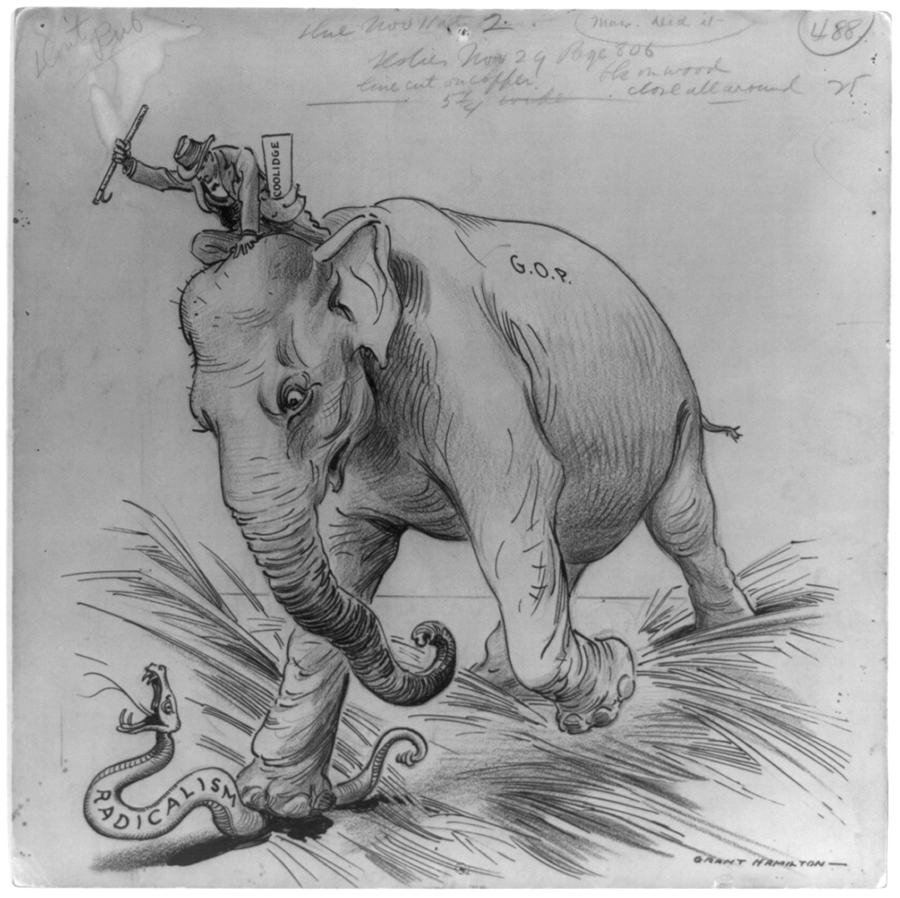Guided Primary Source Analysis: Twentieth-century Transportation
List the different types of transportation that you see. How many instances of each type can you spot in the print? How have these types of transportation changed in the 21st century? What are some new types of transportation? What types of transportation can you imagine there might be in the 22nd century? What other observations, reflections or…

